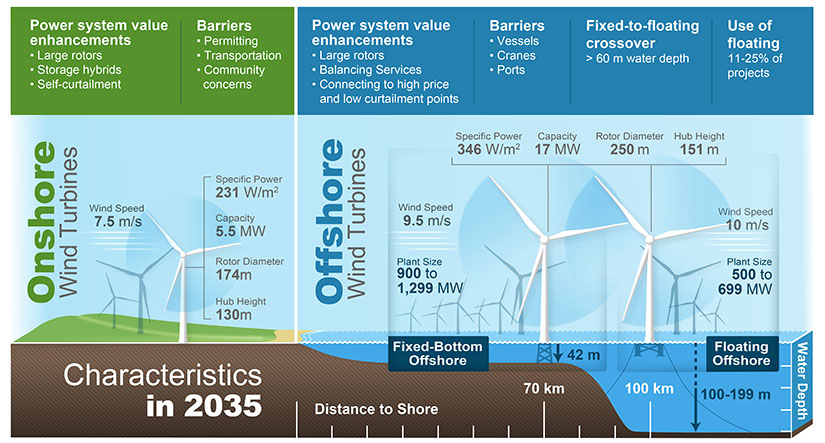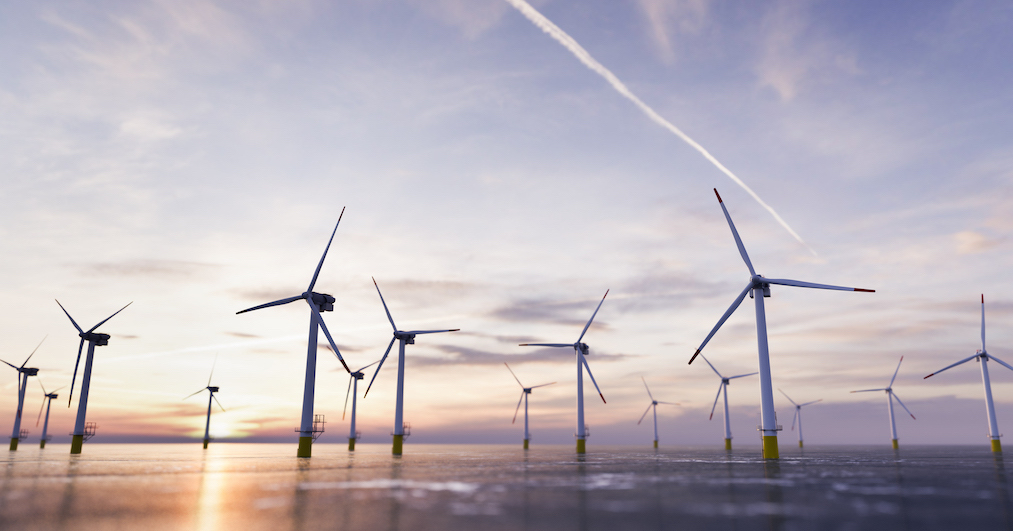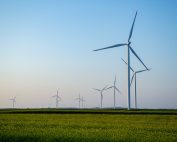The U.S. National Renewable Energy Laboratory (NREL) research center leaned into offshore wind technology development. It has grown significantly in recent years. Leading industry experts predict that wind farms (onshore and offshore) will be much higher and more economical in 2035 than originally predicted.
Forecasts of wind technology development are crucial for developers of future wind farms. Verified information can help with making informed investment decisions and energy infrastructure development. The height of wind turbines will increase even more than previously anticipated. Wind farms will increasingly be located in less favorable wind regions and locations. All of this is expected to be enabled by rapid advances in wind technology.
Researchers Philipp Beiter and Eric Lantz of NREL, along with colleagues at Lawrence Berkeley National Laboratory and the U.S. Department of Energy, collected feedback from more than 140 of the world’s leading experts on their expectations for future wind power design in 2035.
The height of newly installed onshore wind turbines (hubs) will reach 130 meters in 2035, not 115 meters as predicted in the 2015 study. For offshore wind turbines, the height will reach 151 meters, while the rotor diameter will reach 250 meters. “Each survey asked experts to look 15 years into the future, so the 2015 data offers predictions for 2030”, NREL informed.

Graphic: Technology forecasts for onshore and offshore wind turbines in 2035/Source: NREL
The average size of wind farms will reach 1,100 MW for fixed-bed wind farms and 600 MW for floating wind turbines. Technological advances can translate into a 27 percent reduction in energy costs (onshore turbines) and 17-35 percent (offshore turbines) by 2035 compared to currently installed technology.
New wind farms can be made more economical and efficient by developing hybrid projects with energy storage and hydrogen production.
The findings were published in the article “Expert Perspectives on the Wind Plant of the Future” in the Wind Energy journal.
Source: NREL














